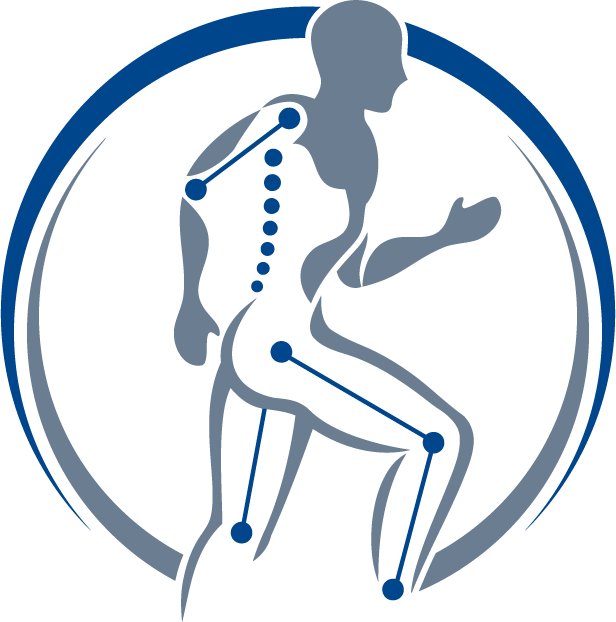Pure Barre: Stability While Walking
At Precision PT, one of our favorite things about Pure Barre is the emphasis on quality gluteal strengthening. You can put the gluteal and abdominal strength from your PB classes to good use by using them to correct poor walking habits. We frequently work with patients to change their movement patterns with walking as a way to improve back, hip and knee pain. The most common problems we see with walking patterns (at the pelvis) are called hip drop and pelvic rotation. As you may remember, in January we discussed hip drop and pelvic posture during Pure Barre classes. The pelvis posture we discussed during the January article can be easily translated to walking.
What is hip drop?
Hip drop is when one side of your pelvis sinks down below the other side. Usually this is because the gluteal on your standing leg is not doing it’s job. Even if you strengthen the muscle, you have to actively practice using and coordinating the muscle.
You can find your side gluteal (posterior gluteus medius) if you walk with your hands on your hips and drop your thumb down to the side, like in the photo. You have probably become more aware of this muscle, because it was sore after your first PB class! This is the muscle group you want to engage to correct hip drop while walking.
Try walking with your hands on your hips and thumb on your side gluteal to monitor the muscle working while you walk. Then try keeping your pelvis level.
The interesting thing about hip drop is that we tend to learn to walk this way as part of our culture. In my early 20s, I remember telling my PT that this is how my sisters and I all tried to walk because it was beautiful. She laughed kindly and explained that this pattern is likely why I had back, knee and foot pain. She was right. After changing careers to become a PT myself, I appreciate the importance of strength and stability of your pelvis while walking.
What is pelvic rotation?
Now monitor your pelvis for rotation. Imagine headlights on your pelvis pointing forward at rest, then walk. Do they remain steady or do the headlights move? They should stay pointing forward. If they move back and forth pointing from right to left, then the pelvis is rotating. You may notice the movement increases if you take long steps and speed walk. Now try short steps and see if it changes.
Generally this rotation is caused by shortness in hip flexors that drives the pelvis to rotation as one leg extends behind the other. Since many of us sit during the day for work, short hip flexors are very common. To change this posture, try to exhale and gently engage your lower abdominals. You want to use your abdominals to keep your pelvis from rotating while walking. Your abdominals will work against the pull of the hip flexors.
Having trouble feeling the change? Instead of monitoring at your pelvis for hip drop, you can take your hands to your abdomen. Monitor the space between the ribs and the pelvis. Notice that this makes a parallelogram. When you walk this shape should stay mostly the same, and not change in distance any noticeable direction.
Should the pelvis really be still while walking? Yes, even though you look around and notice this is very common. Keep in mind that 50% of Americans have low back pain. When we look at back-healthy people in research the amount of the pelvic rotation and hip drop is only a few degrees of motion. This small movement is detectable with infrared sensors in a biomechanics lab but it should not be detectable with your eyes. If you can see it or feel it with your hands, it’s too much!
The only thing left to do is practice!
To your movement health,
Ann & Jesse
This blog is not intended as medical or professional advice. The information provided is for educational purposes only and is not intended to serve as medical or physical therapy advice to any individual. Any exercise has potential to cause injury or pain if it is incorrectly done or is not the right exercise for an individual’s medical or physical problems. You should consult with a physical therapist or medical provider for individualized advice.




